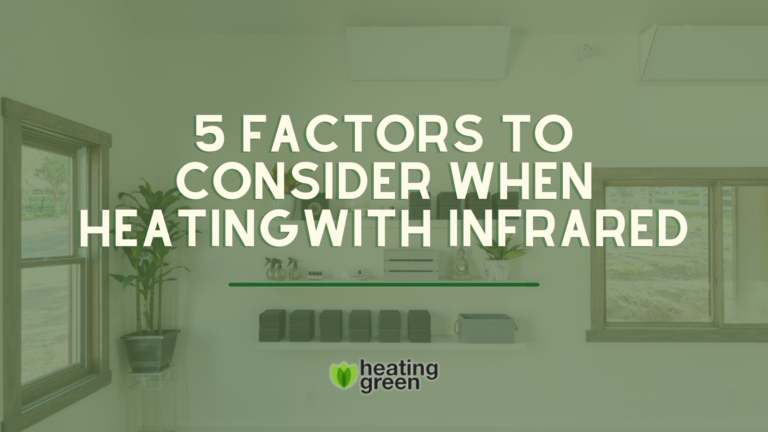When purchasing an infrared heater, one of the questions we will inevitably ask you is what voltage is available onsite at your home or commercial facility. This is important because heaters are voltage specific, and the voltage of the heater must match the voltage on the circuit that you connect with the electrical panel. Otherwise, the result is that the heater either becomes underpowered (lower wattage) or overpowered (higher wattage, which is not safe for the circuit). If the heater is underpowered, it will not get to the temperature needed to heat your space adequately. For example, if your purchase 240V heaters for a 208V space, you would effectively lose ~20% of your heat output because your heaters will not be getting enough power to get to the temperature.
What matters is that we match apples-to-apples with what you have. There is no difference in hardware cost on our end for any voltage. In the US, any home will have 120V and 240V, and any commercial facility will have 120V and 240V, 120V and 208V, or 120V and 277V. It is typically advantageous to use a higher voltage for the infrared heater installation, and below are a couple of our blog posts that explain more in this regard:
https://heatinggreen.com/best-voltage-infrared-heater-efficiency/
https://heatinggreen.com/whats-the-difference-between-watts-volts-and-amps/
Sometimes we hear from customers that they have 220V. This is not correct. 240V is colloquially referred to as 220V, but if you are in the US in a residential home it’s 240V. If there is any doubt this is easy to verify with a multimeter (a $30 tool from the hardware store, that has a voltmeter that can measure voltage).
Please contact us with any questions or for more information.
Written by Jeff Abel, VP of Sales, Heating Green

